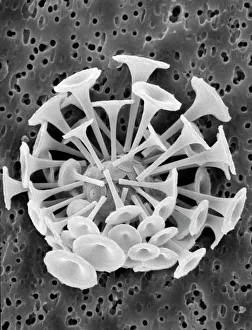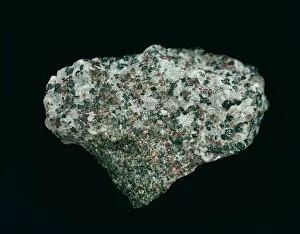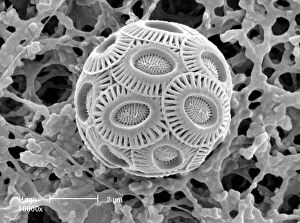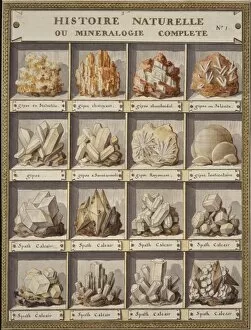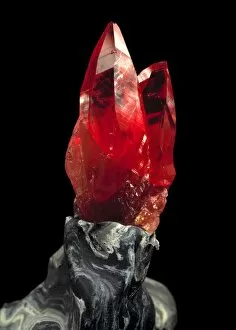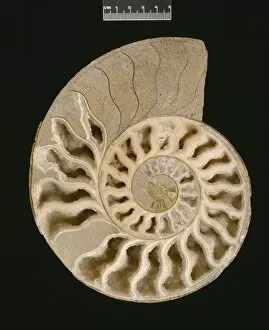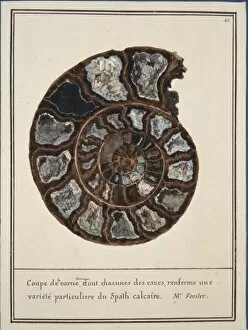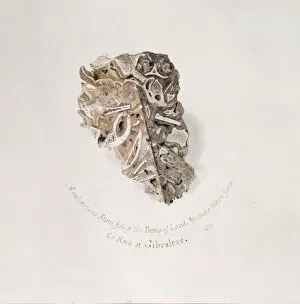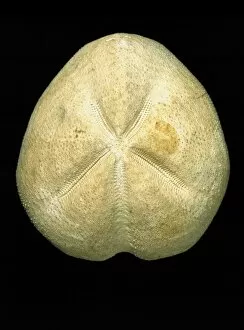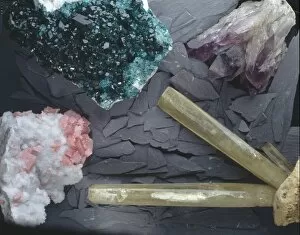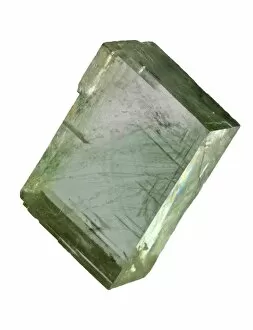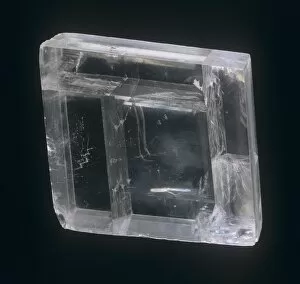Calcite Group Collection
The captivating world of the calcite group takes us on a journey through time and space, revealing the intricate beauty of its diverse members
All Professionally Made to Order for Quick Shipping
The captivating world of the calcite group takes us on a journey through time and space, revealing the intricate beauty of its diverse members. Plate 1 from Histoire naturelle? (1789) showcases Discosphaera tubifera, a mesmerizing coccolithophore that leaves us in awe with its delicate structure and ethereal glow. Emiliana huxleyi, another enchanting coccolithophore, graces our presence with its stunning presence. Its intricate coccoliths are like tiny works of art, reminding us of the wonders that lie beneath the surface of our oceans. Franklinite, a zinc ore found within this group, adds an element of mystery to this collection. Its dark hues contrast against the vibrant colors we have encountered so far, leaving us curious about its origins and significance. Iceland spar emerges as one of the most intriguing members within this group. With its unique optical properties and ability to polarize light, it has captivated scientists for centuries. Its crystal-clear transparency allows us to glimpse into a world where light bends and dances before our eyes. Emiliania huxleyi coccolithophores continue to amaze as they reveal their intricate structures once more. Their sheer abundance in marine environments highlights their importance in Earth's ecosystem and their role in carbon cycling. Rhodochrosite brings forth a burst of color amidst this array of minerals. Its vibrant pink hues remind us that even within seemingly ordinary rocks lies extraordinary beauty waiting to be discovered. Gold makes an appearance among these remarkable specimens, showcasing its timeless allure and value throughout history. A symbol of wealth and power since ancient times, it reminds us that there is much more than meets the eye when exploring the calcite group. Calcite itself stands tall as one of nature's most abundant minerals – calcium carbonate taking various forms depending on conditions during formation.

